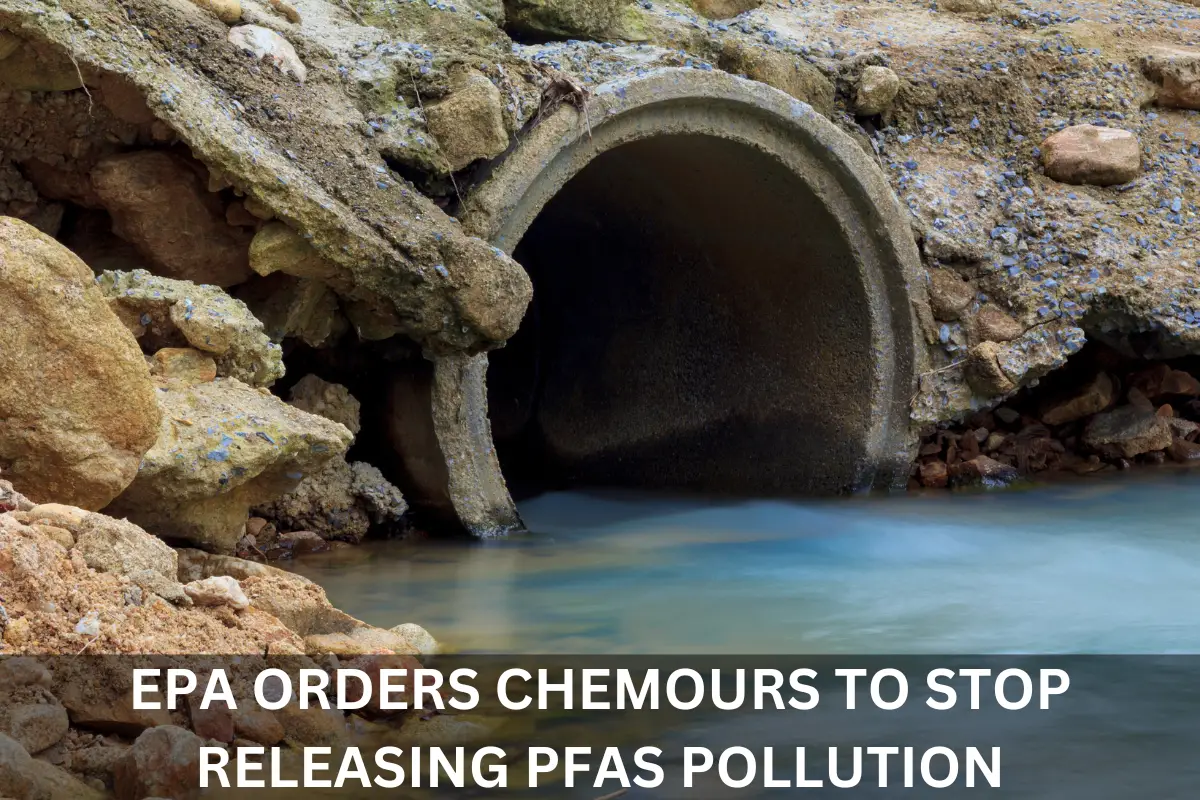The US Environmental Protection Agency (EPA) has ordered chemical giant Chemours to stop the release of high levels of toxic PFAS waste into the Ohio River from its Washington Works facility in Parkersburg, West Virginia.
The move follows 71 recorded instances since September 2018 where PFAS waste levels released by Chemours exceeded those permitted by its pollution permit.
In some cases, the Chemours plant released PFAS pollution more than 27 times what their permit allows.
The Ohio River carries this contaminated drinking water to five million people.
PFAS are a group of about 15,000 man-made chemicals that have been manufactured and used in industry and consumer products since the 1940s. PFAS are persistent, bioaccumulative, and toxic, meaning they can remain in the environment for a long time, accumulate in the bodies of living organisms, and cause harm to human health.
PFAS is linked to cancer, kidney dysfunction, thyroid disease, autoimmune disease, and other health issues. Critics have called for the EPA to take action against PFAS polluters elsewhere.
Chemours has been ordered to test effluents and implement a plan to remove more of the dangerous chemicals before discharging water.
The order cites exceedances for two PFAS compounds, PFOA and GenX, which are among the most dangerous PFAS compounds. The EPA is in the process of lowering GenX’s national drinking water limit to five parts per trillion (ppt).
Water Purification Guide has more information on GenX pollution, and how to remove it from your water, available here.
The EPA’s action in this case reflects growing concern for the public health and environmental impacts of PFAS chemicals.
The agency has directed Chemours to take strong action to address the pollution from PFAS in stormwater and effluent discharges from its Washington Works facility near Parkersburg. This directive, the first of its kind, also requires Chemours to characterize the extent of PFAS contamination from its discharges.
The Clean Water Act makes it unlawful to discharge pollutants into US waterways except with a National Pollution Discharge Elimination System permit, issued by the EPA or a state.
Chemours has a permit, but now with this order from the EPA, they must stop polluting the Ohio River with PFAS.
In March, Chemours said it would eliminate production of some PFAS chemicals by 2030, and in November, it will stop producing all PFAS chemicals used in firefighting foams.
It seems that can’t come soon enough.
In February, researchers from the Harvard T.H. Chan School of Public Health found that airborne PFAS pollution in the US was causing an estimated 24,000 deaths each year.
Read more about how you can remove PFAS from your water here.

